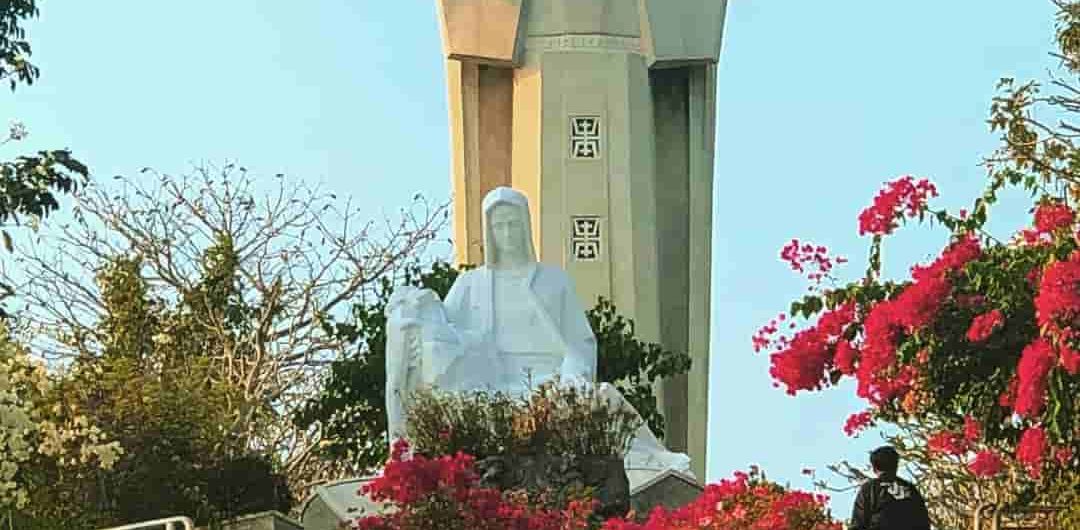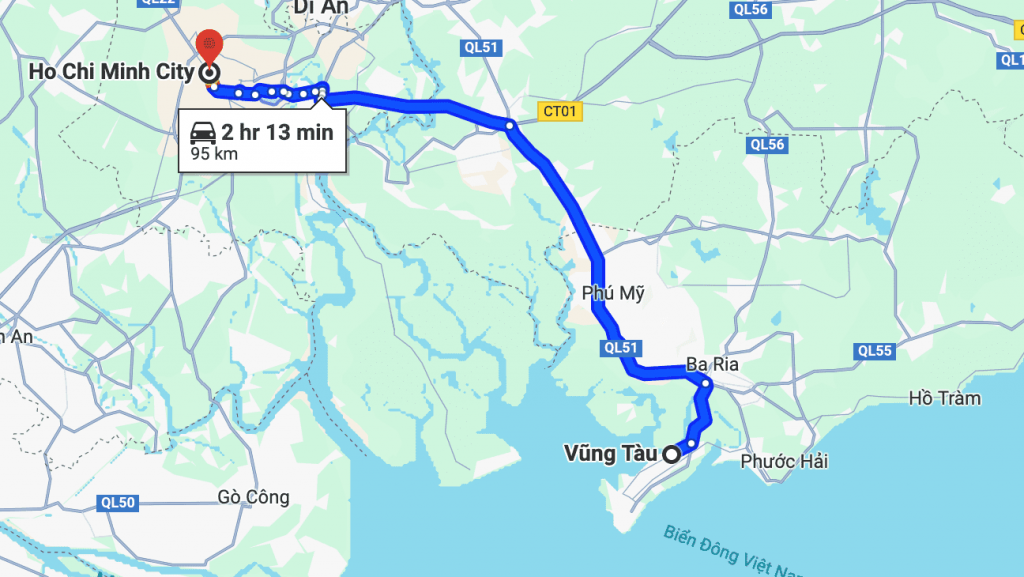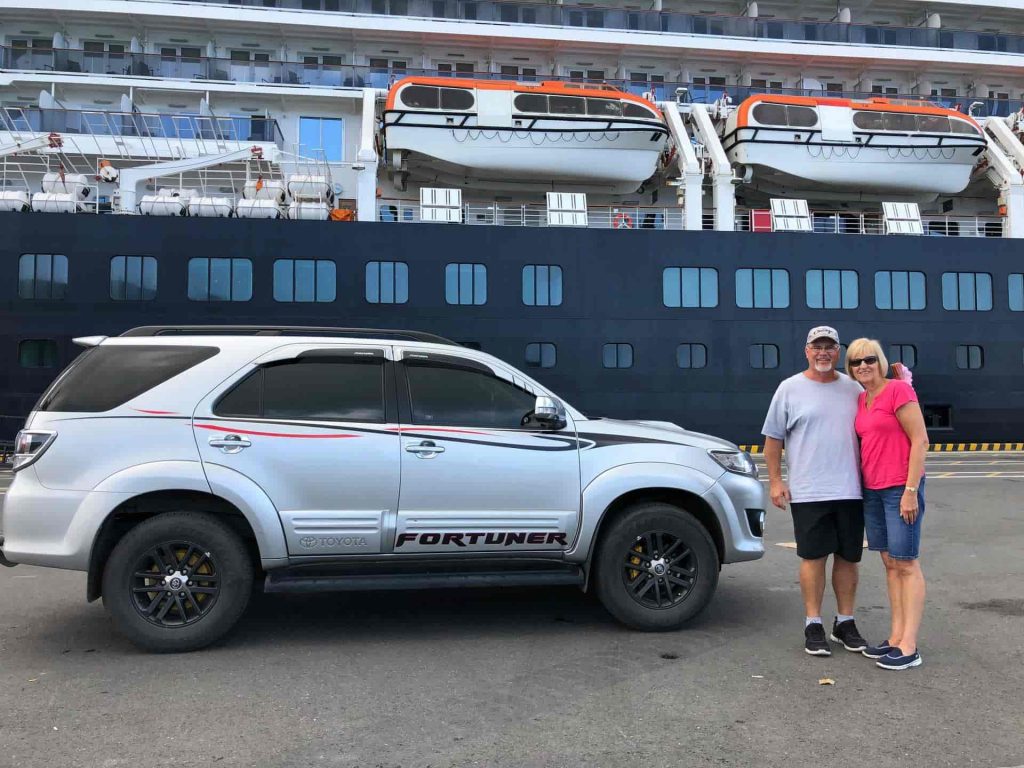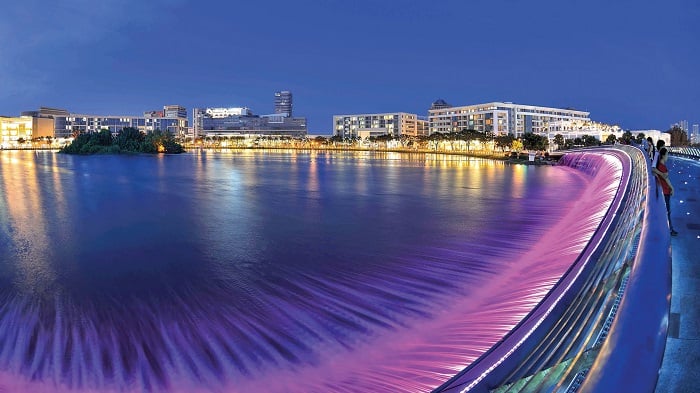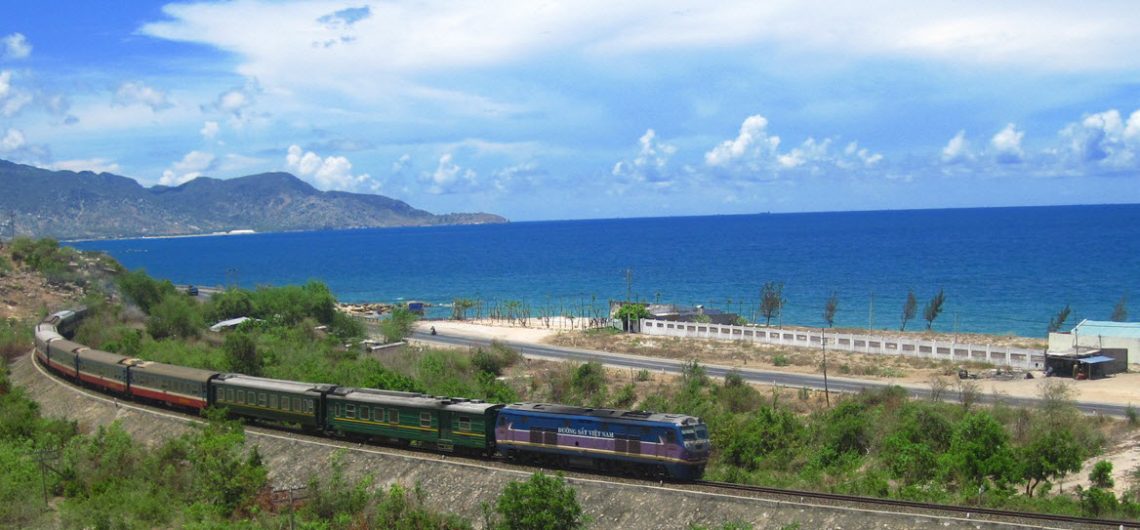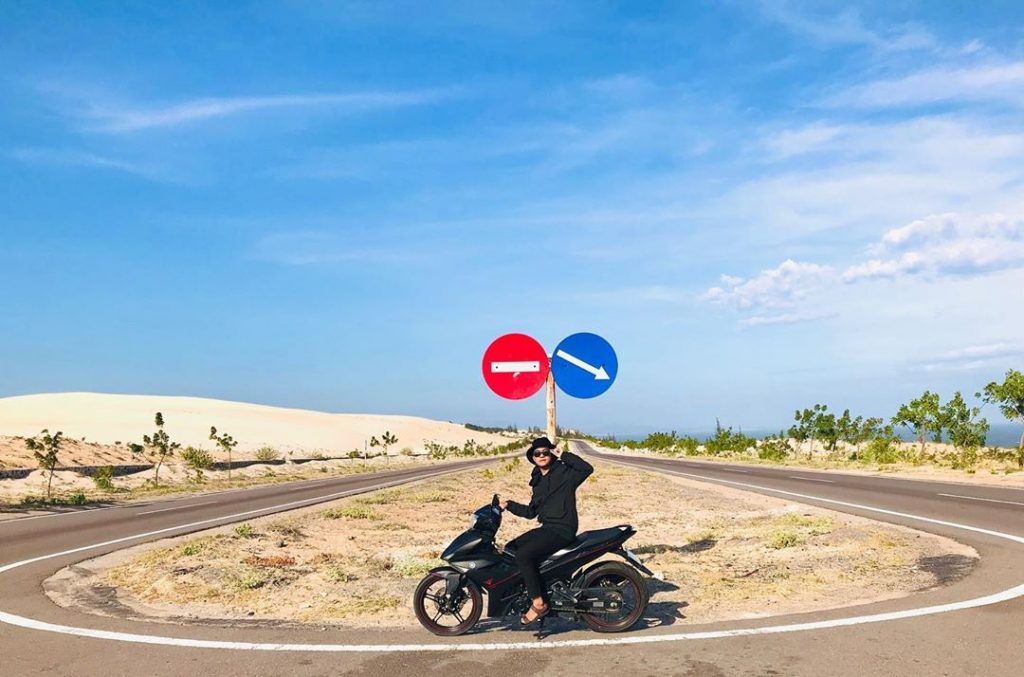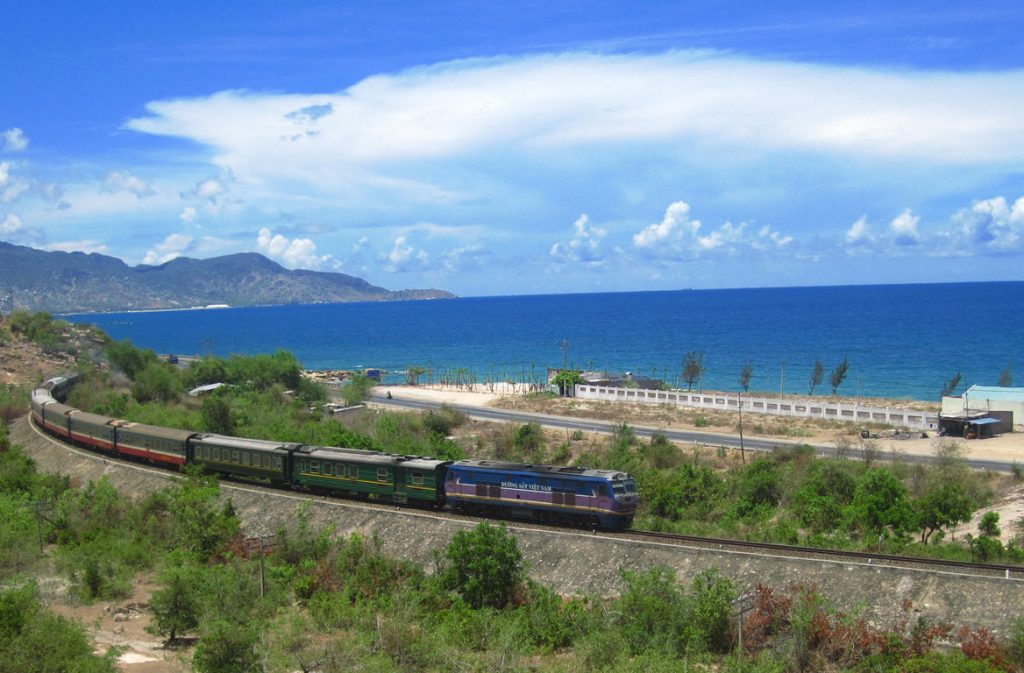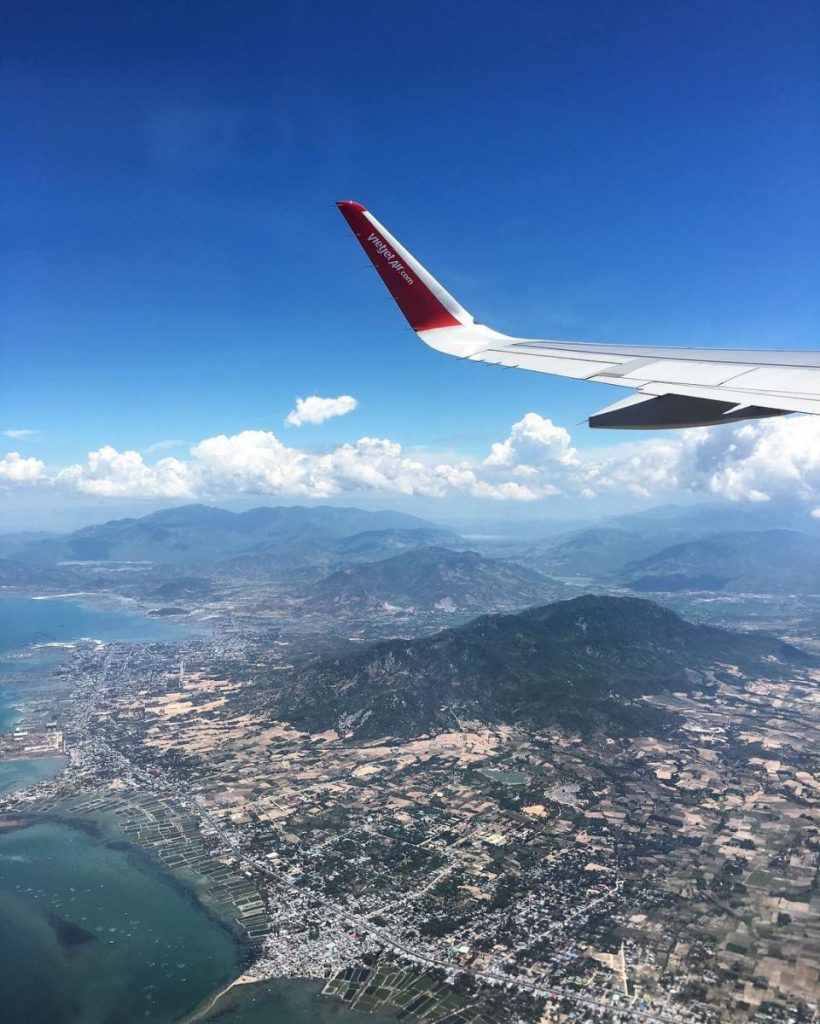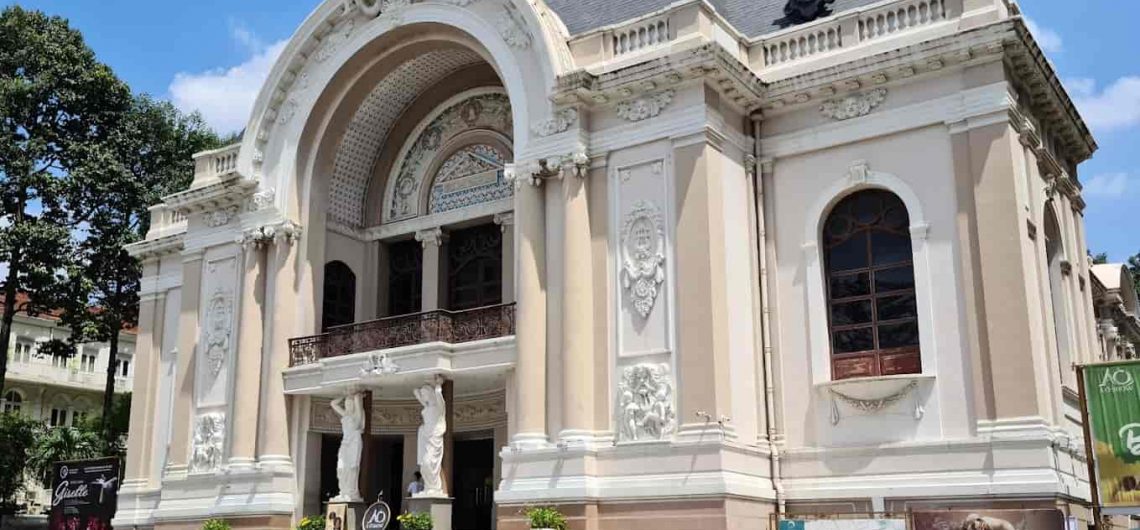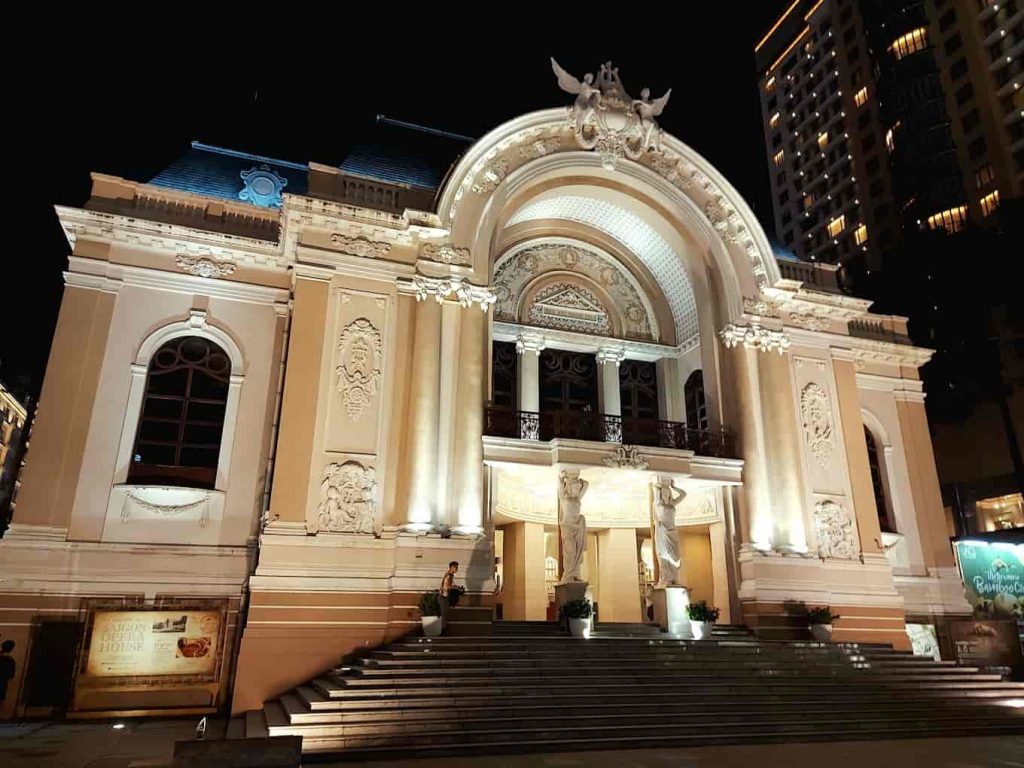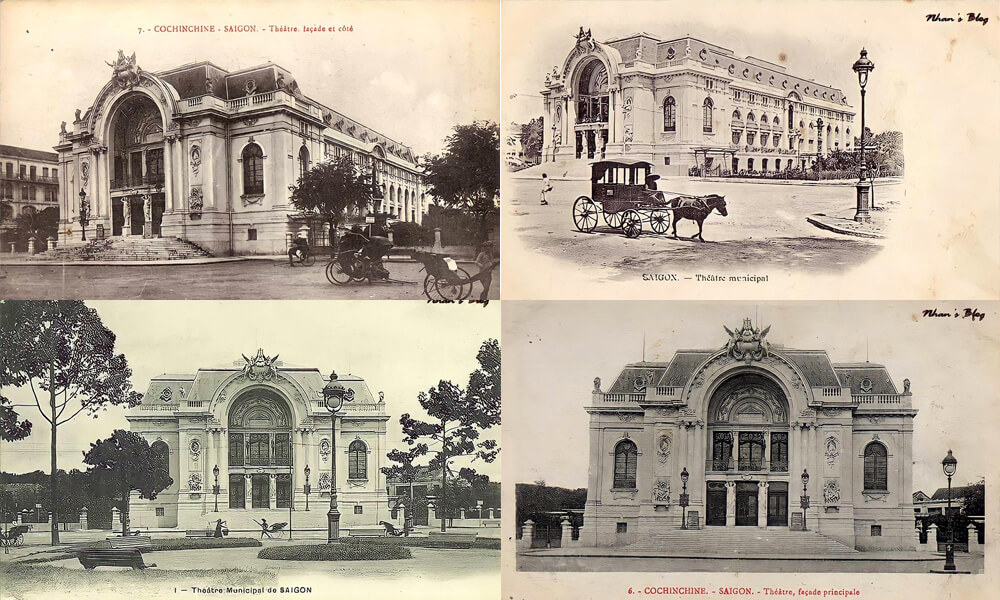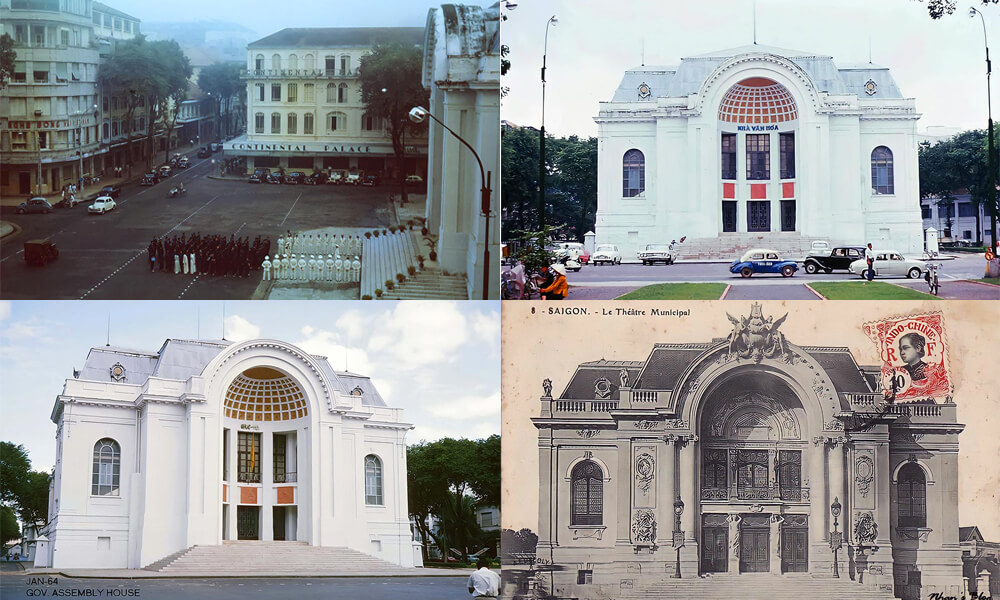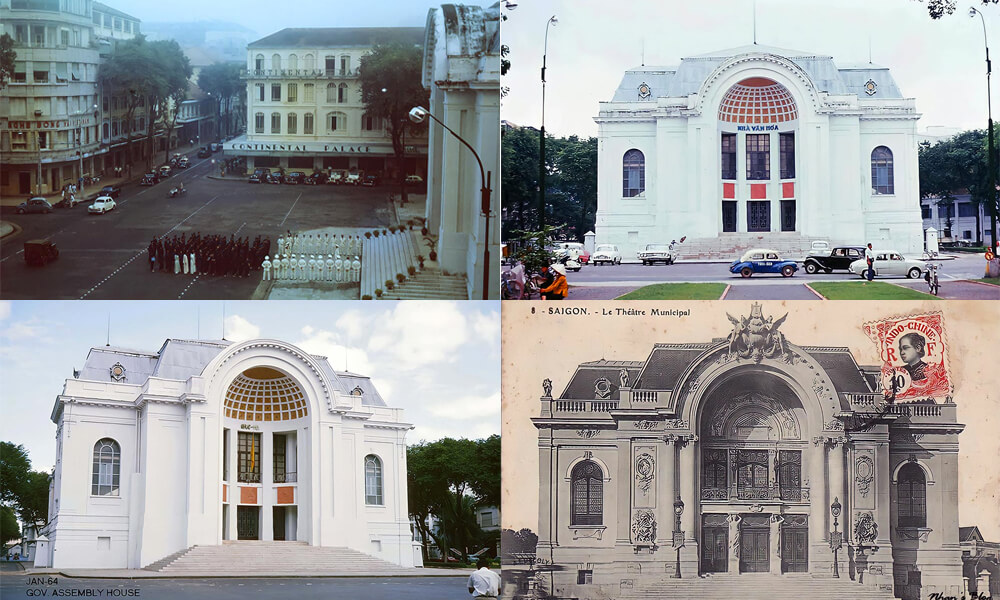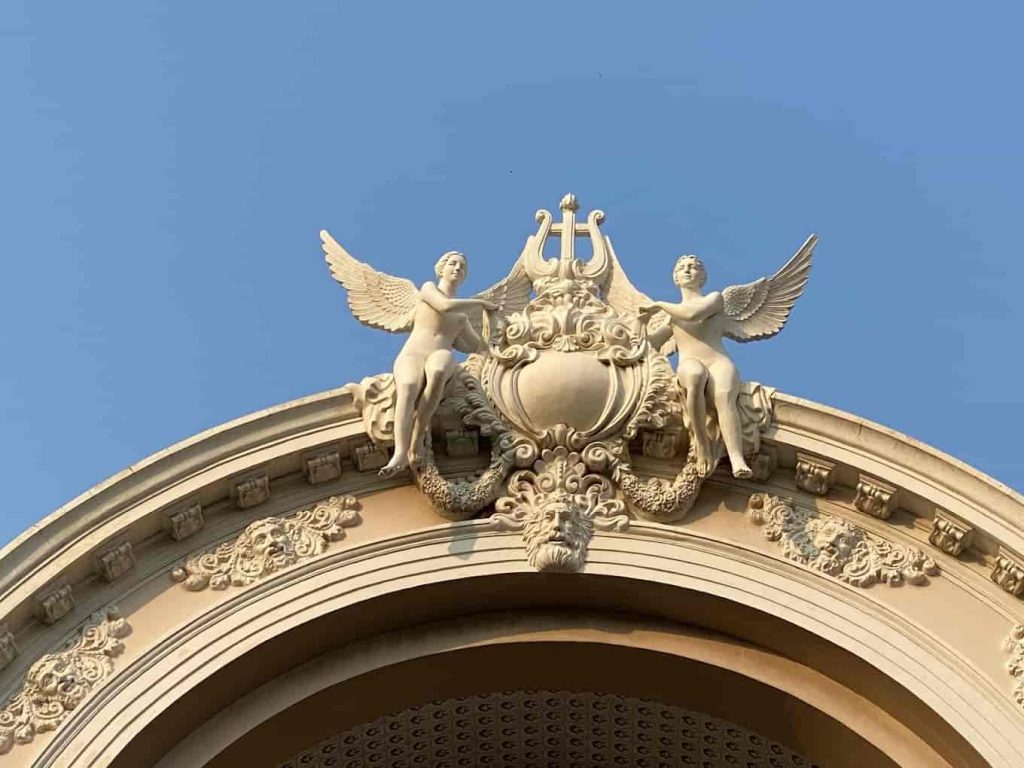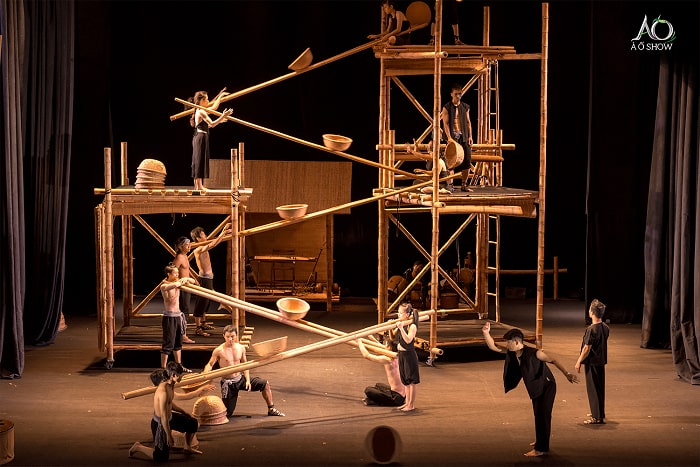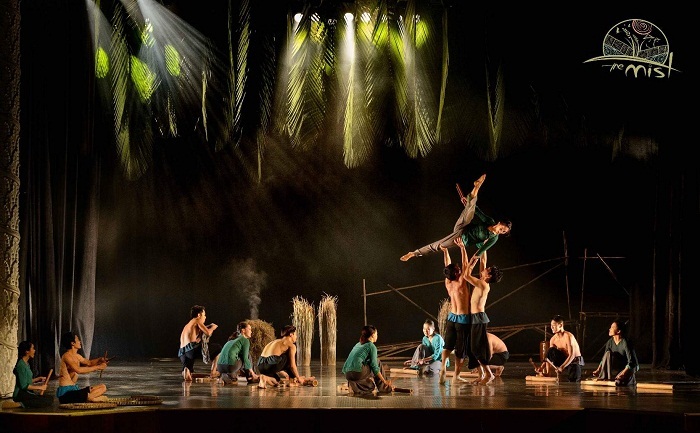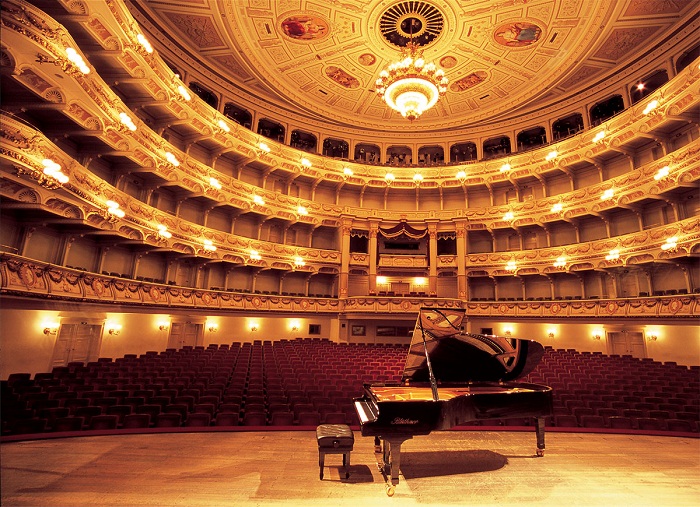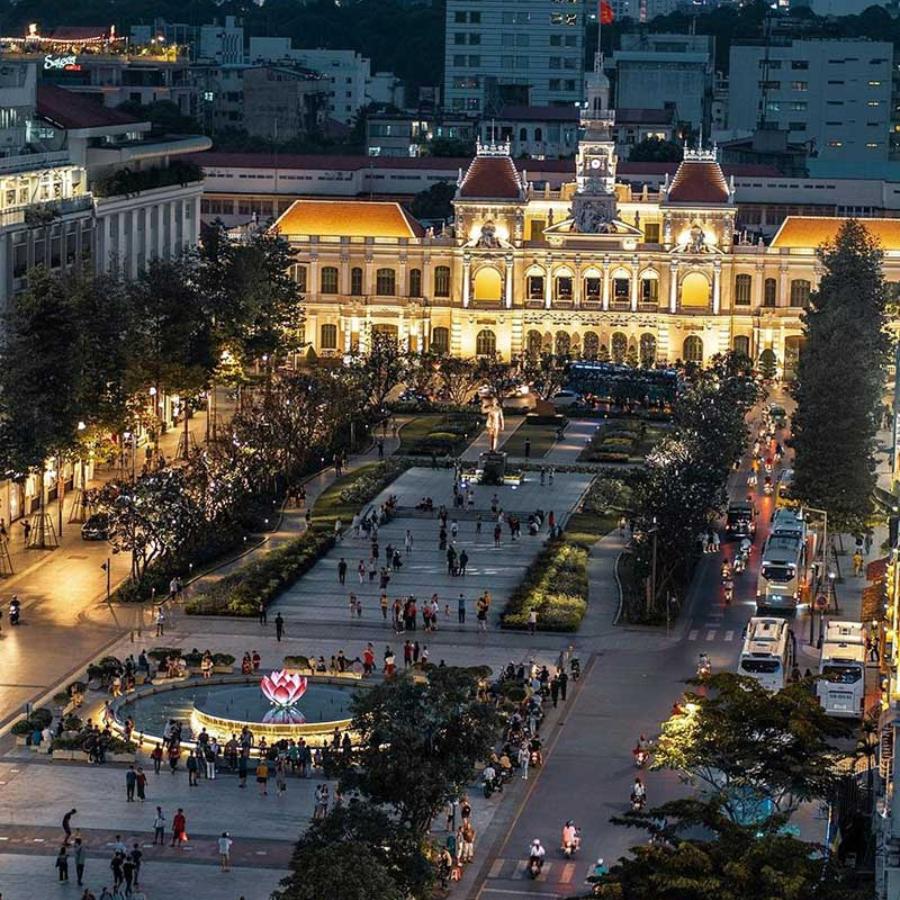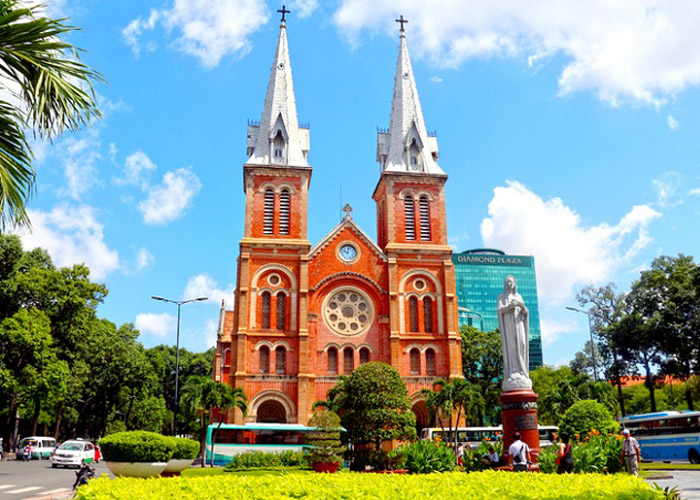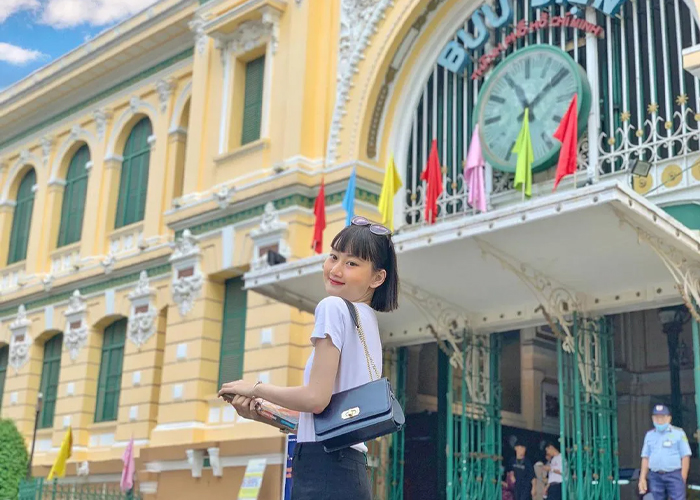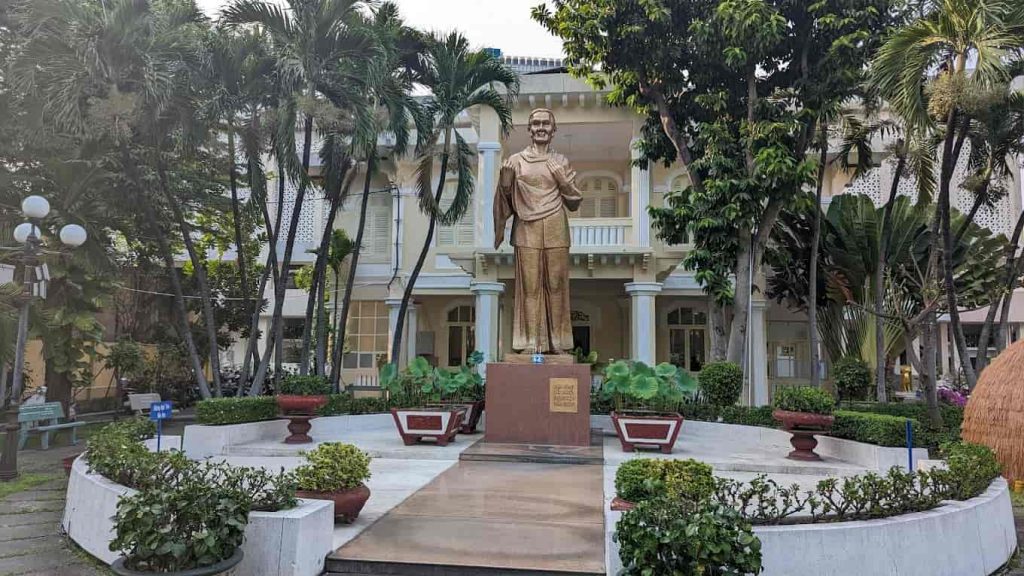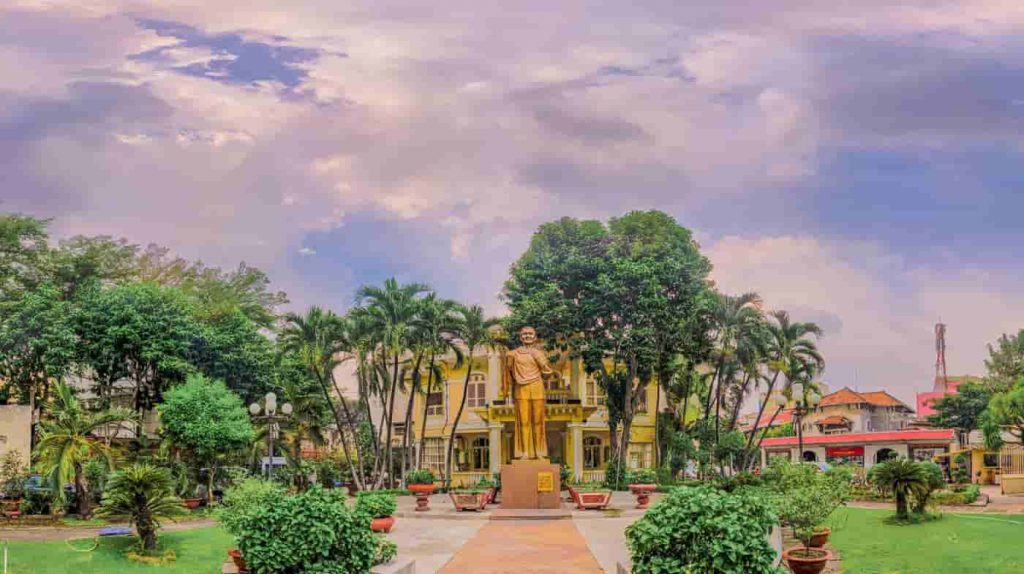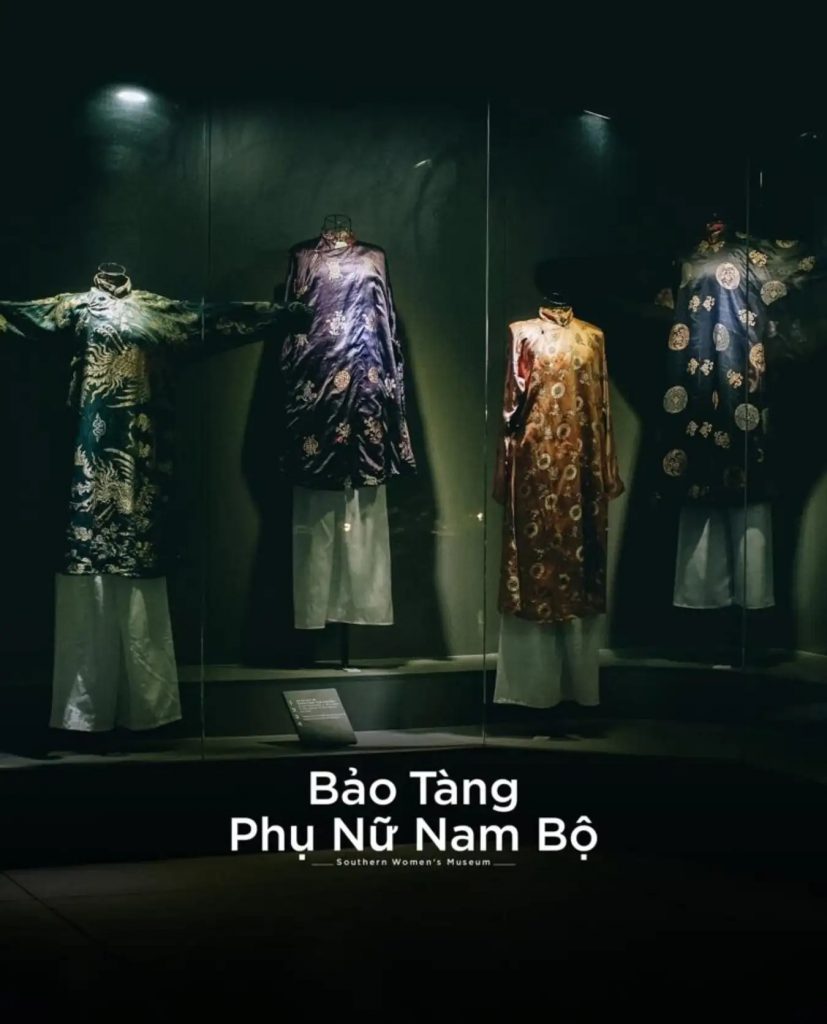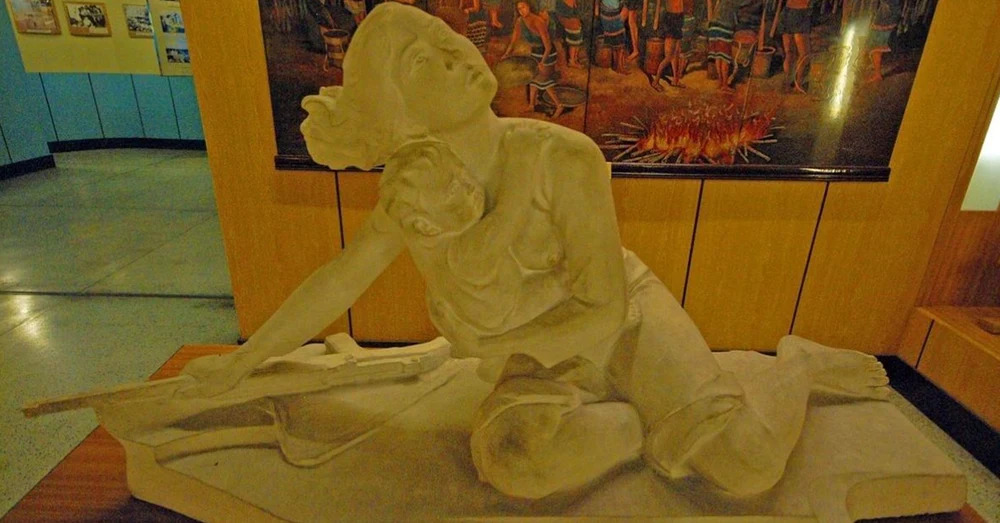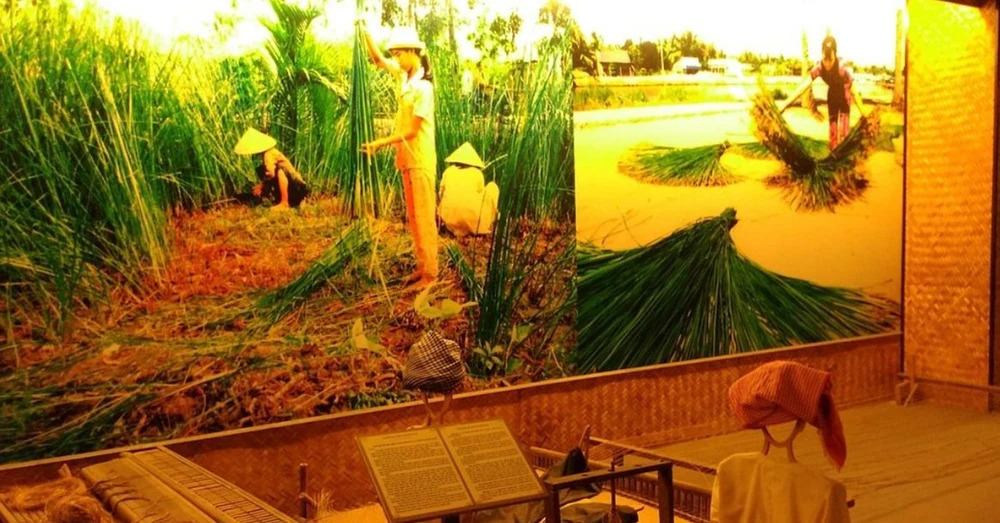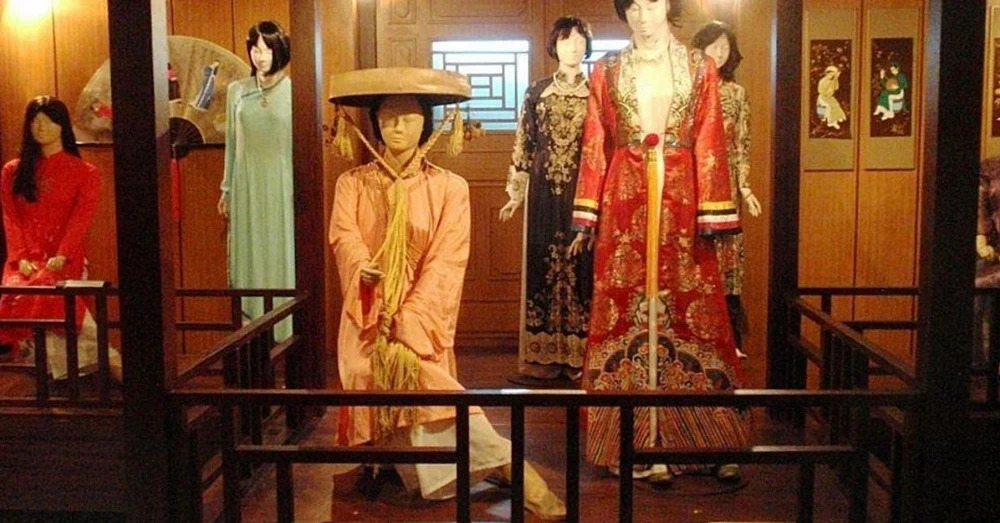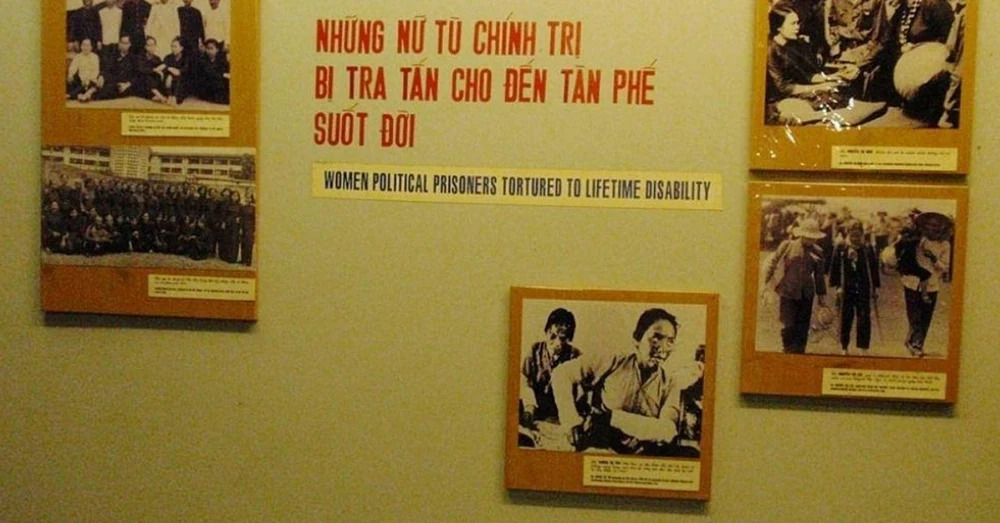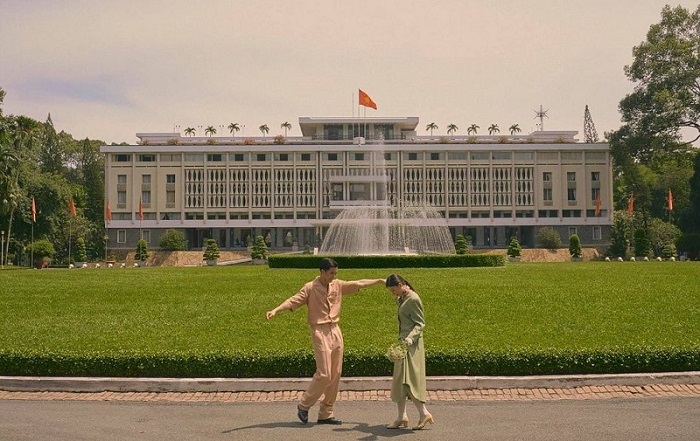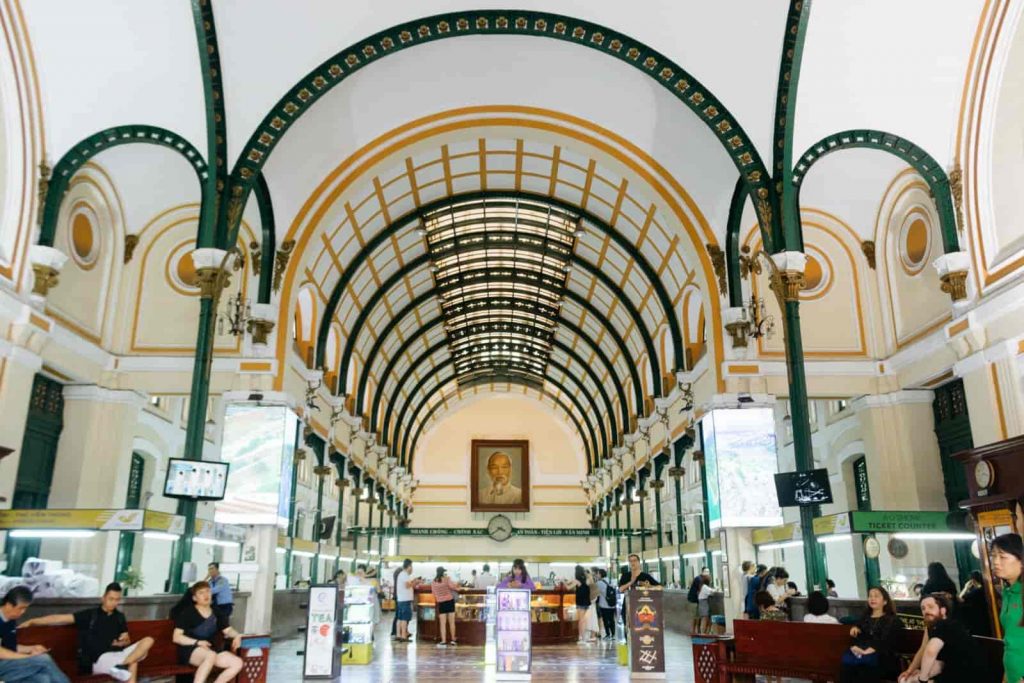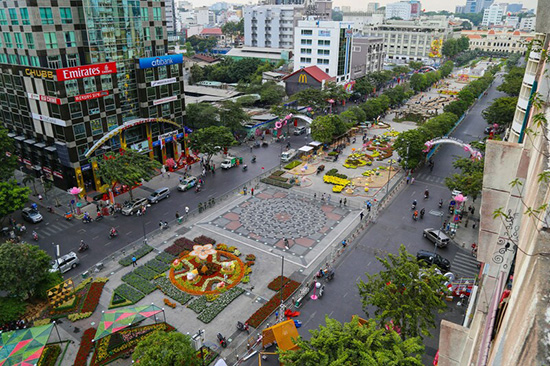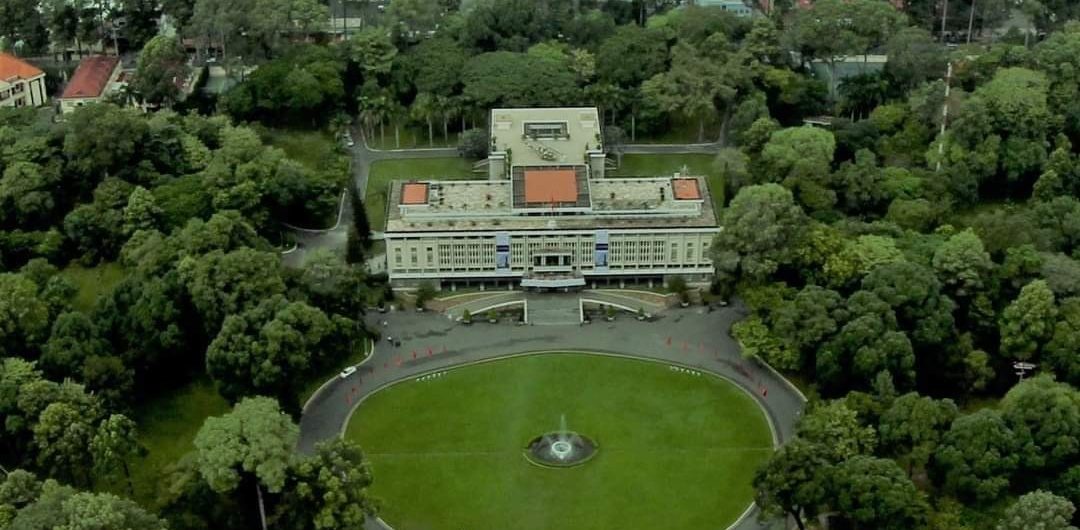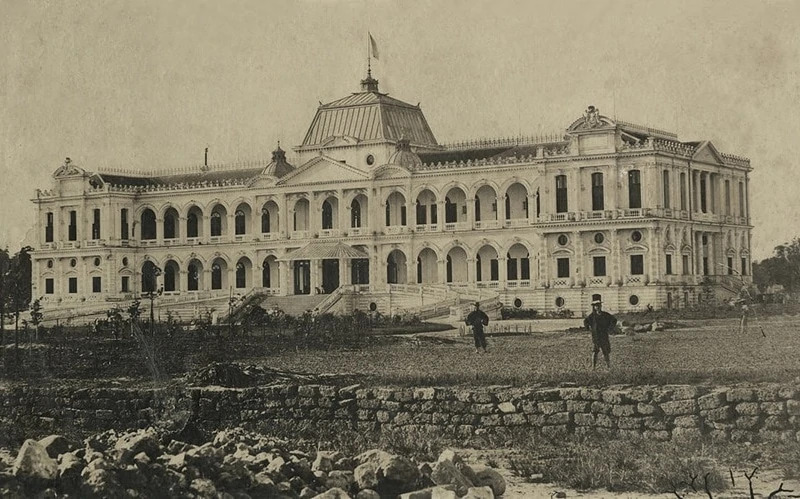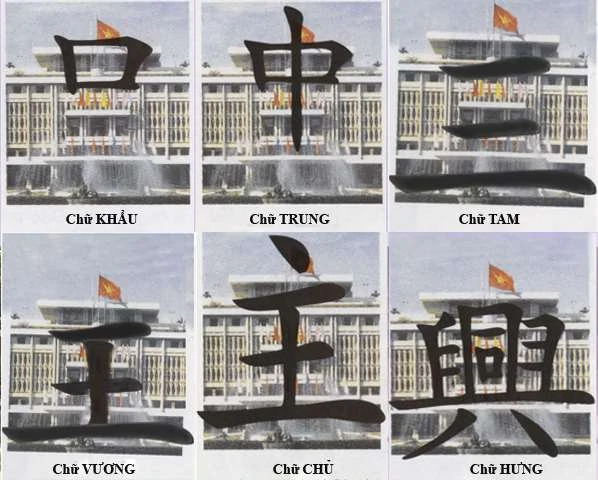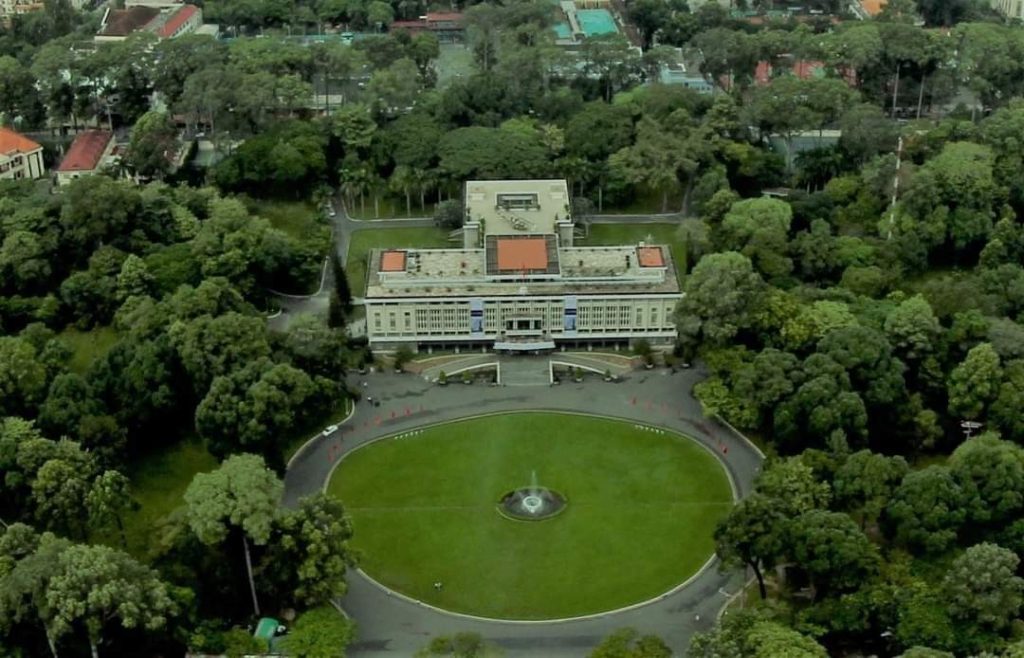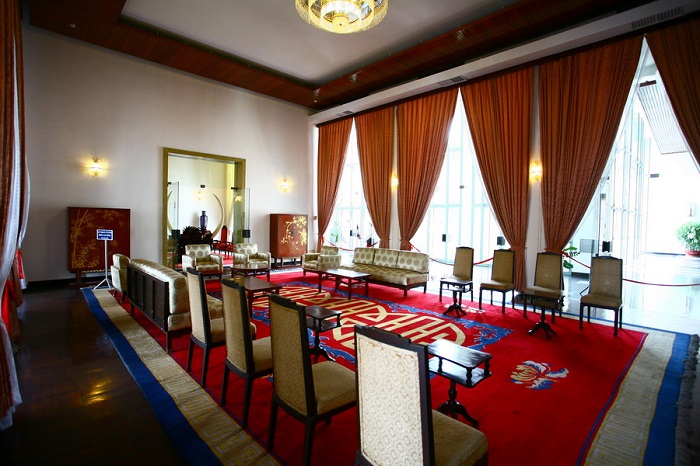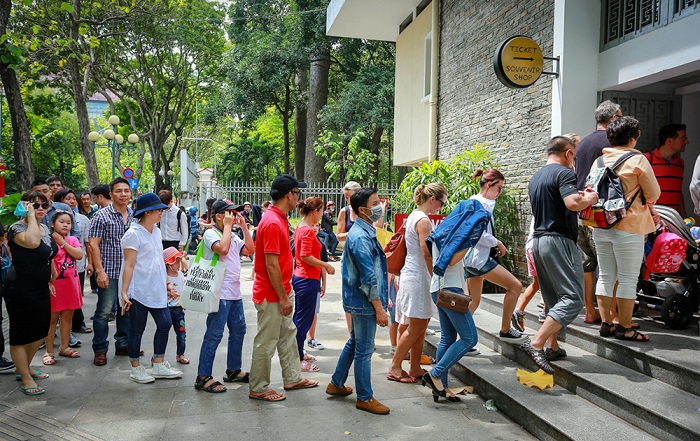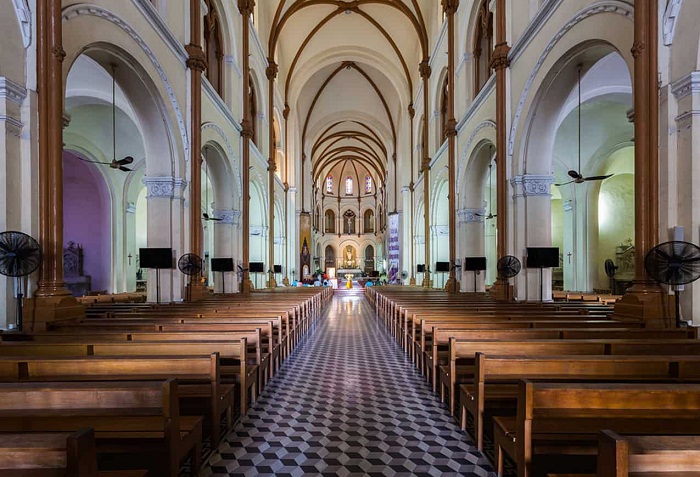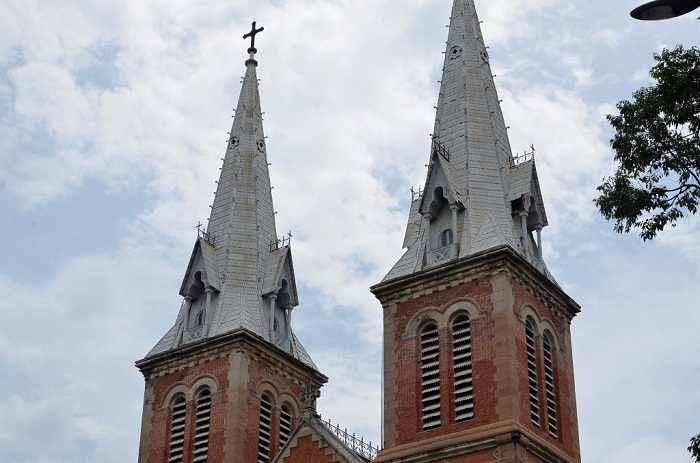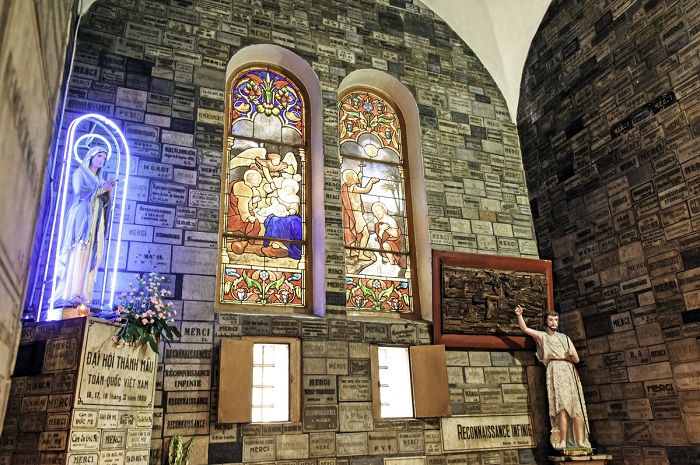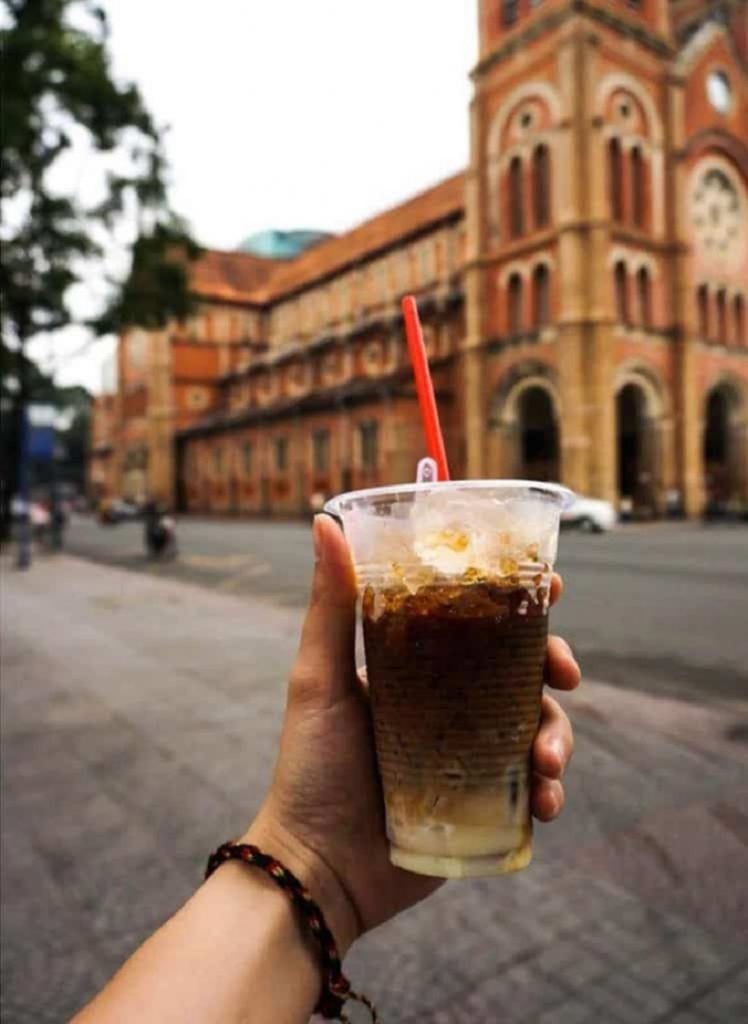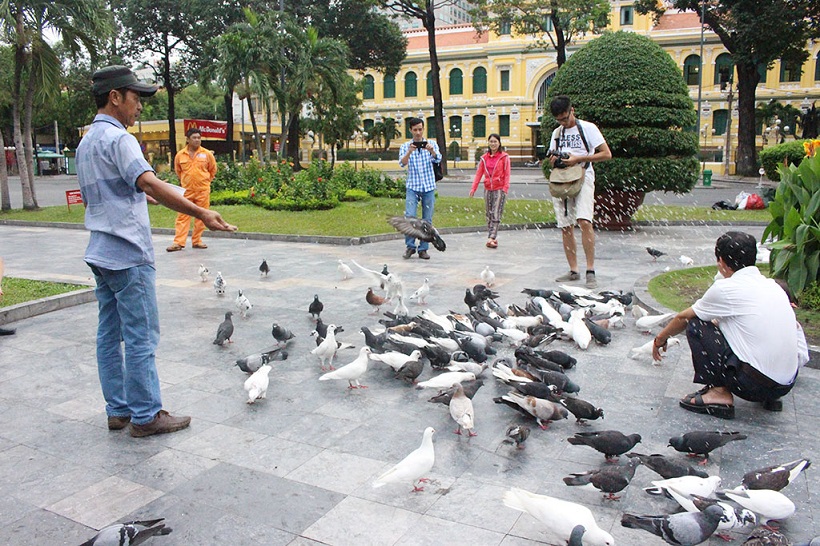The Christ the Redeemer statue in Vung Tau is considered the most distinctive landmark of the coastal city. It is one of the famous and must-visit attractions in your journey to explore Vũng Tàu. Let’s discover the beauty of the Christ the Redeemer statue through the article below with DanangPrivateCar.com!
Overview of the Jesus Christ Statue Vung Tau
- Address: Thuy Van, Ward 2, Vung Tau City, Ba Ria – Vung Tau Province
- Opening hours: 7:00 AM – 5:00 PM
- Ticket price: Free
The Christ the Redeemer Statue in Vung Tau is situated on the Small Mountain of Vung Tau City, and it is a gigantic statue of Jesus built in 1974. In 2012, this sacred statue was recognized as the largest Jesus statue in the Asia-Pacific region.
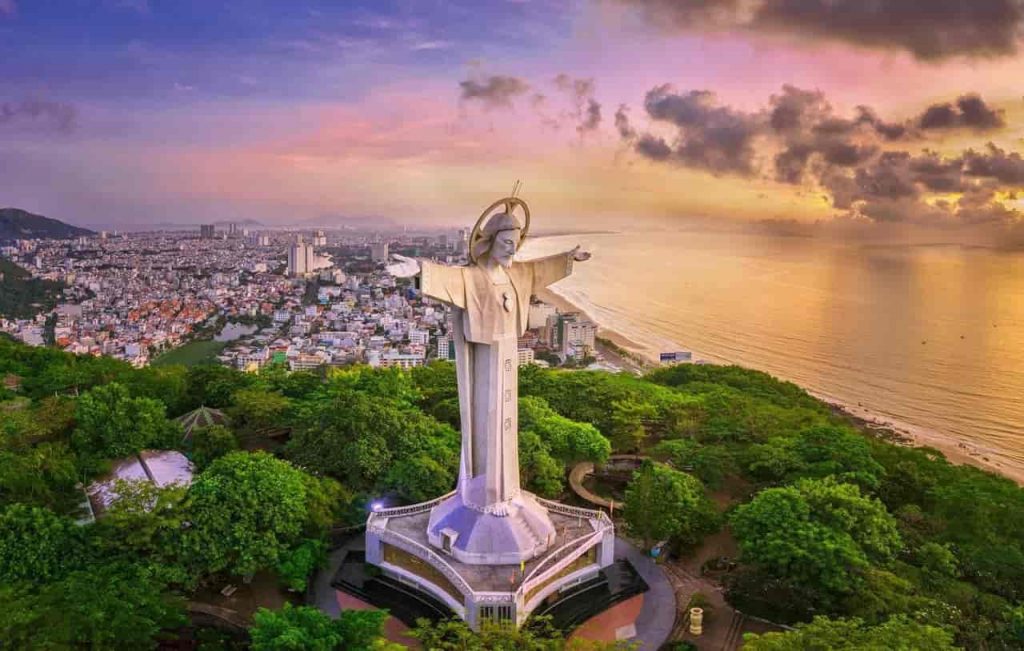
The Christ the Redeemer Statue in Vũng Tàu is also known as the outstretched-arms Jesus statue. It is a free tourist destination for everyone, so you only need to pay for parking at the foot of the mountain and do not require an entrance fee. However, the parking fee is optional and not mandatory. Therefore, the cost of visiting the Christ the Redeemer Statue is very affordable compared to other tourist attractions in Vung Tau.
Guide on How to Travel to the Christ the Redeemer Statue in Vung Tau
Traveling by Bus
Bus is the most economical means of transportation to Vung Tau and is the preferred choice for many passengers. If traveling from Ho Chi Minh City, the Eastern Bus Station has numerous bus routes taking you to Vũng Tàu, and you can purchase tickets there. The travel time takes approximately 2.5 hours. Ticket prices range from 80,000 to 160,000 VND per ticket, depending on the bus company you choose. Some reputable and quality bus companies to consider include Hoa Mai, Phương Trang, Thiên Phú, Rạng Đông, and others.
Traveling by Private Car Service
This is a popular tourism service chosen by many international tourists, especially those traveling in family or friend groups. With quick and door-to-door service, it provides you with the most comfortable journey. Using a private car service with drivers in Ho Chi Minh City from DanangPrivateCar.com will ensure the best trip for you. The professional driver team, basic English, a fleet of new vehicles with full amenities, and various options from 4 to 45 seats are available. Book your trip from Ho Chi Minh City to Vung Tau By Private Car today for detailed advice.
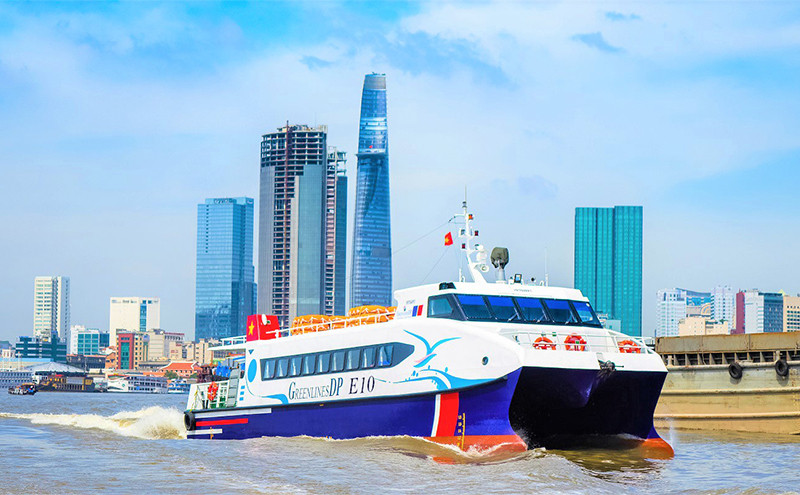
Traveling by Motorcycle or Personal Car
Motorcycles and personal cars are the most convenient means of independent travel. You can move at any time, visit wherever you like, and stop wherever you wish. There are two routes you can take from Saigon to Vũng Tàu: cross the Cat Lai ferry to Nhơn Trạch, following National Highway 51. If traveling by motorcycle with friends, it’s advisable to choose the Cat Lai ferry route as the road is easy to find and less frequented by large vehicles, ensuring safety. If traveling by car, the Long Thành – Đồng Nai expressway will be more convenient, as it is a faster route.
Traveling by Hydrofoil
Hydrofoil is a suitable means for those looking to save travel time. It takes only about 1.5 hours to reach Vũng Tàu, but the travel cost is relatively high, around 200,000 VND per ticket. You can purchase tickets at the Bạch Đằng ferry terminal from Ho Chi Minh City to Cầu Đá ferry terminal in Vũng Tàu. Some recommended reputable ferry companies for your reference include Green Lines, Vina Express, and others.
The Best Time to Visit the Christ the Redeemer Statue in Vung Tau
The climate of Vung Tau is quite similar to the coastal city of Nha Trang, consistently mild and cool throughout the year. Therefore, you can visit the Christ the Redeemer Statue in Vung Tau at any time of the year, and it is not heavily dependent on the weather. However, you will need to climb quite a few stairs to reach the statue, which can be physically demanding. To ensure your well-being, it is advisable to visit on days with pleasant weather, not too hot, preferably in the morning. The period from April to August is the most suitable for visiting the Christ the Redeemer Statue.
Exploring the Christ the Redeemer Statue in Vũng Tàu
Discovering the Unique Architecture of the Christ the Redeemer Statue
The Christ the Redeemer Statue in Vung Tau is often referred to as the outstretched-arms Jesus statue. The Christ the Redeemer statue stands at a height of 32 meters, with arms spanning 18.3 meters and situated at an elevation of 170 meters. Inside the statue are 133 stairs that ascend to the two arms of the statue. The surface of the statue faces the vast sea, exuding a serene presence. Standing on the arms of the statue, you can gaze into the distance, taking in the expansive view of the city of Vung Tau.
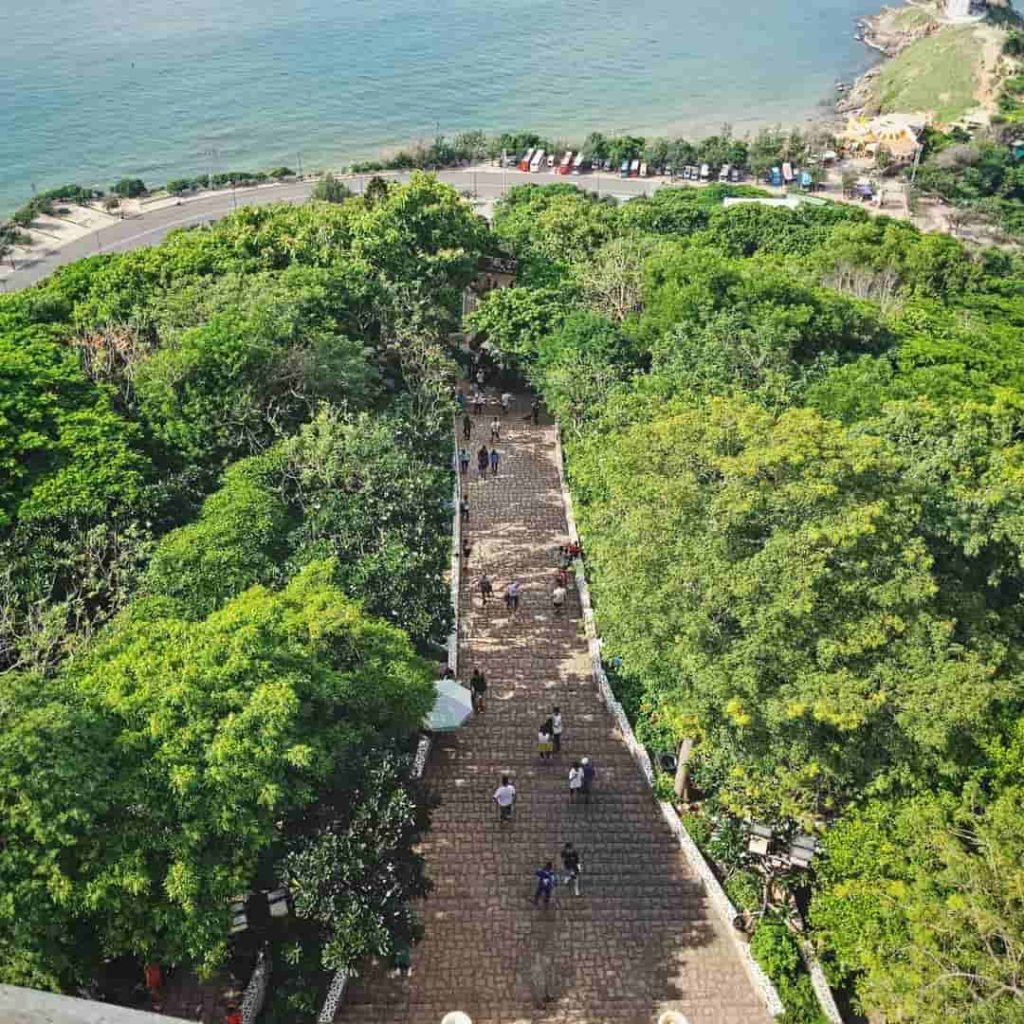
Despite being a concrete and steel structure, the Christ the Redeemer Statue is portrayed with vivid creativity. Details of aesthetics and artistry, such as posture, aura, facial expression, and attire, are incredibly lifelike. The statue stands tall and firm, with outstretched arms as if supporting humanity, embracing all living beings.
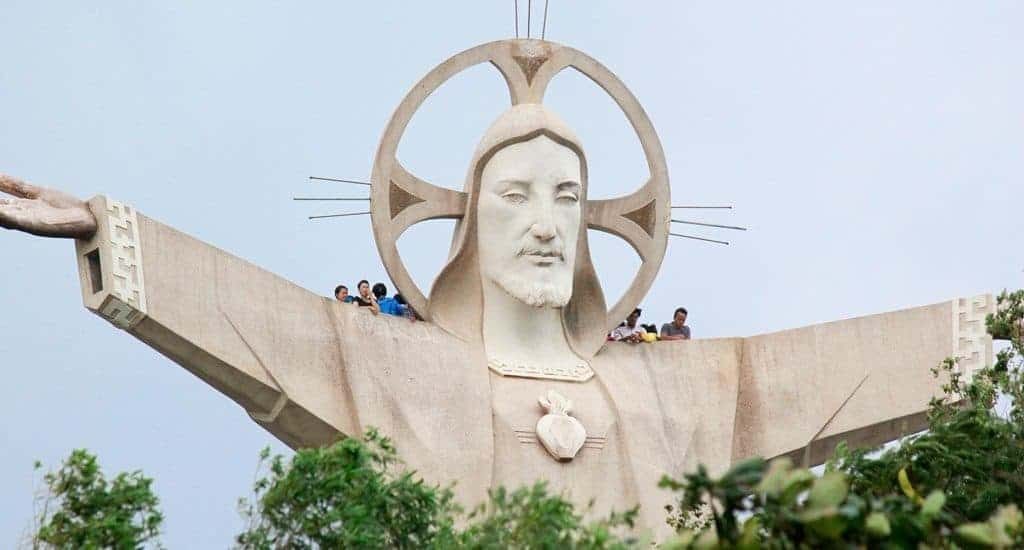
The Christ the Redeemer Statue can be considered as the second version of the Christ the Redeemer statue over 2 meters taller in Rio de Janeiro, Brazil – one of the largest statues in Asia.
The Journey to Conquer the Christ the Redeemer Statue in Vung Tau
To reach the summit of the Christ the Redeemer Statue in Vung Tau, you need to conquer nearly 800 stairs. Along the stairs, flowers and lush trees provide shade. There is no need to worry, as there are several resting stations and stone benches along the way. You also have the opportunity to enjoy the beauty of a variety of blooming flowers, gaze at the sea from above, and experience the refreshing natural atmosphere.
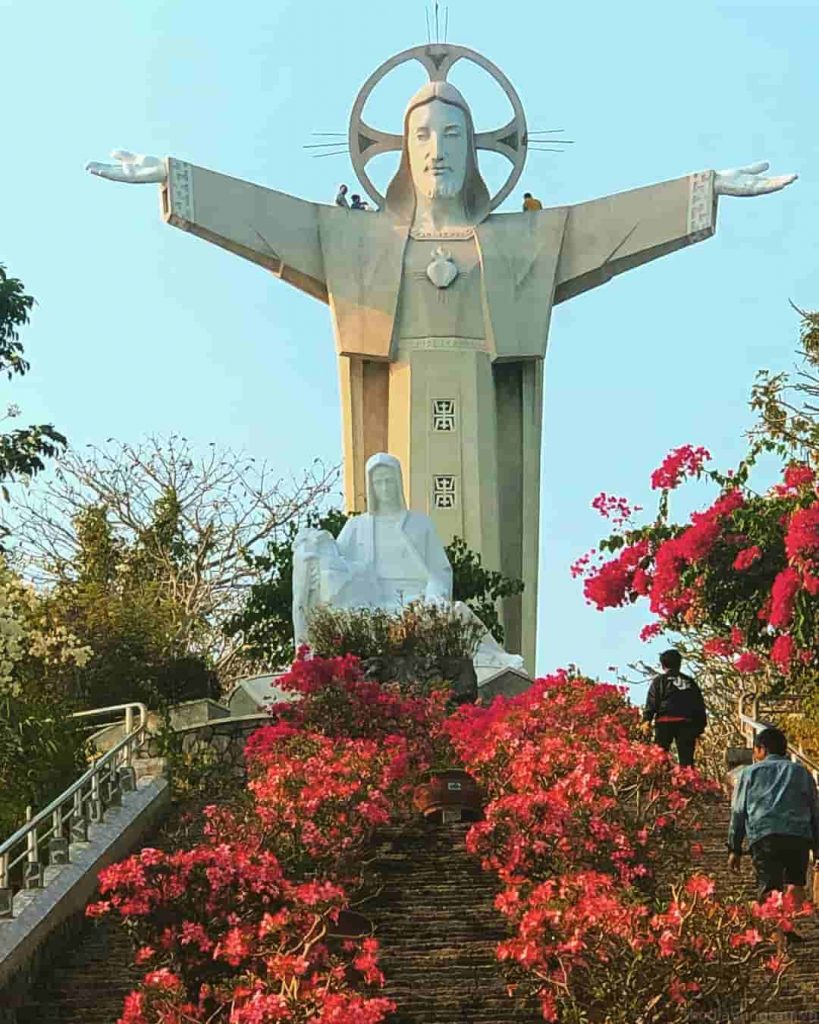
At the mountain’s peak, you will witness an imposing architectural structure with a strong artistic and aesthetic presence. The Christ the Redeemer statue stands on a concrete pedestal over 10 meters high. Surrounding the statue are two bas-relief paintings – “The Last Supper” in the front and “Jesus Giving the Keys to Peter” at the back.
Moreover, inside the statue, there is a spiral staircase system with 133 steps leading to the shoulders of Christ. From this height, you can admire the seascape, overlooking the entire city of Vũng Tàu. Standing on the shoulders of the Christ the Redeemer statue, you can pray for blessings and peace. Legend has it that all your wishes here become a reality.
Some Notes When Visiting the Christ the Redeemer Statue in Vung Tau
If you plan to visit the Christ the Redeemer Statue in Vung Tau, don’t forget to take note of the following points:
- Around the statue, there are two bas-relief paintings, “The Last Supper” and “Jesus Giving the Keys to Peter.” Remember to take some time to admire them.
- The halo around the head of the Christ statue is constructed as a lightning rod, so do not touch it on your own, as it can be very dangerous.
- Pay attention to dressing appropriately. Shorts or short skirts that are not modest are not allowed inside the Christ the Redeemer statue.
- When you arrive at the statue, you need to take off your shoes and leave your belongings outside; someone will take care of them for you.
- When reaching the arms of the statue, each visitor is usually allowed to stand for only 5-10 minutes to accommodate other visitors.
- There is no cost for visiting the statue, but there are donation boxes at certain locations for visitors to contribute as they wish.
- The fee for parking your motorbike at the foot of the mountain is at your discretion, and the amount collected goes into the annual fund for the maintenance of the Christ the Redeemer statue.
- The main gate to the mountain will close at 5:00 PM, so be sure to plan your time to descend the mountain and leave before closing time
Visiting the Jesus Christ Statue Vung Tau will give you a thrilling sense of conquest in this lively coastal city. Hopefully, the information shared by DanangPrivateCar.com’s here will help you understand more about this place. Quickly plan your schedule to explore Vũng Tàu with your loved ones and visit this remarkable site!

